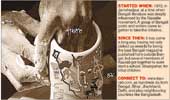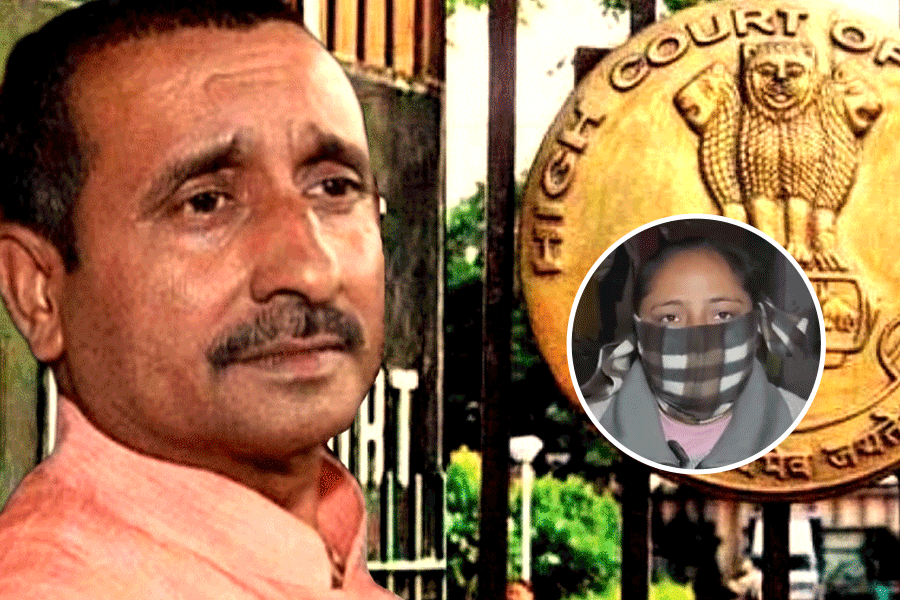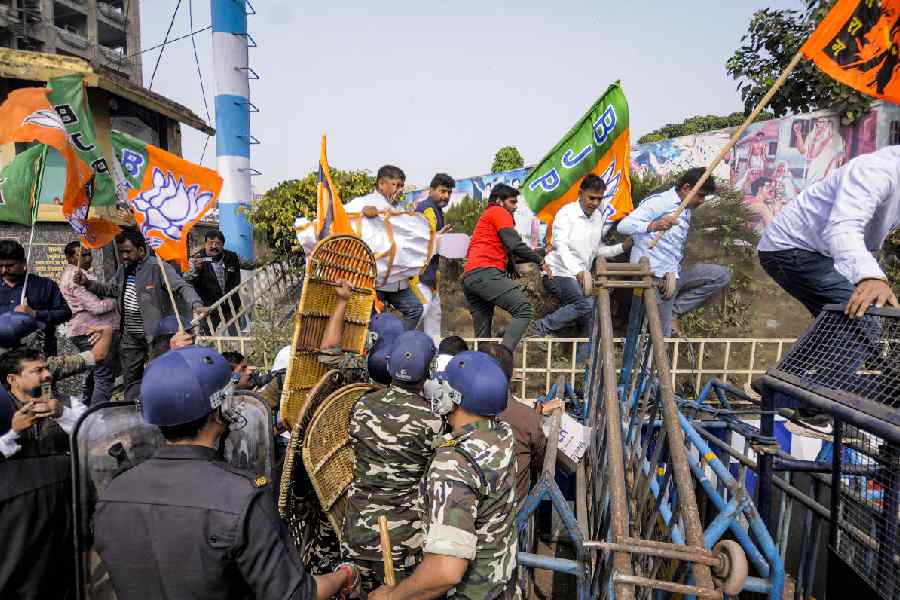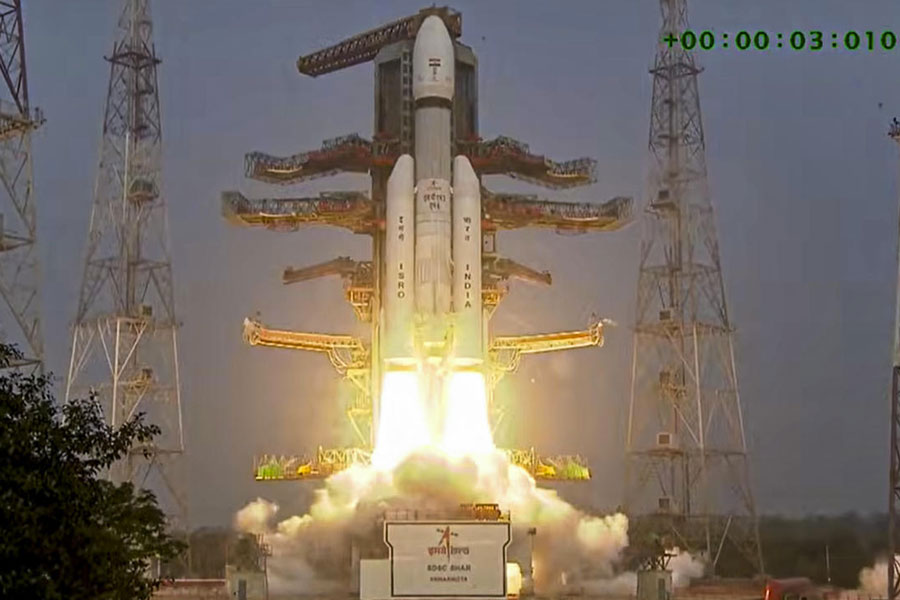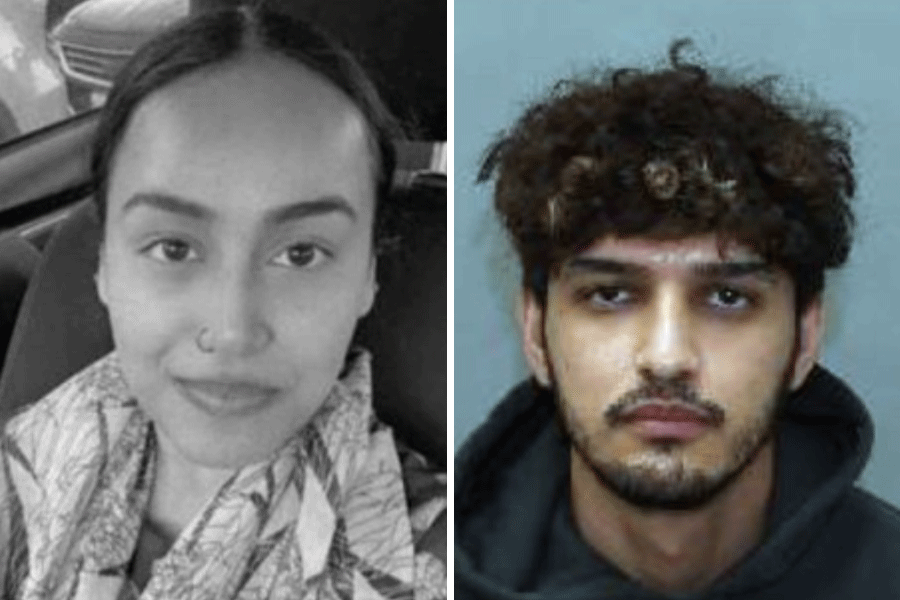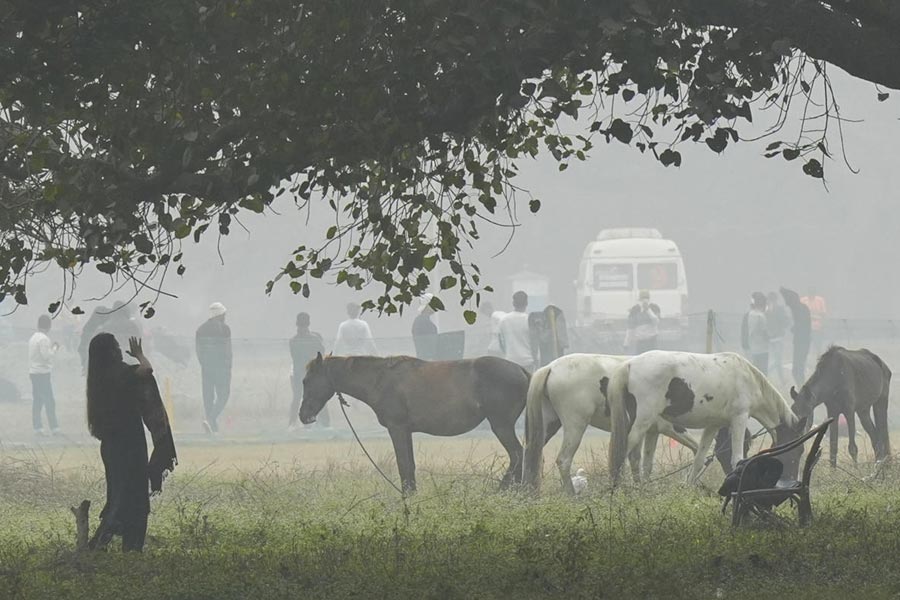 |
During 1970, when Bengali literature was deeply under the influence of the social and political upheaval brought about by the Naxalite movement, a group of Bengali poets and writers got together to start Kaurab, the Bengali literary magazine published from Jamshedpur.
Those were sensitive times, which inspired the new generation of poets and authors led by Kamal Chakraborty, Barin Ghosal, Debajyoti Dutta, Amitava Maitra, Ranjan Moitra, Dhiman Chakraborty, Shankar Lahiri, Swapan Roy and Jahar Sen, who brought to life the adivasi world around them.
It went on to be such a success that in 1982 Kaurab won the D.K. Gupta Award for the most distinguished Bengali literary magazine and in 1988 Sunil Gangopadhyay wrote in the Bengali magazine Desh that Kaurab was the best Bengali magazine to be published from outside Bengal.
It achieved another milestone when one of its members, Aryanil Mukherjee, created an Indian literary webzine in 1998, making Kaurab popular in the global context. Mukherjee, now a resident of USA, has been interviewing litterateurs like Charles Bernstein and Lawrence Ferlinghetti, adding value to the site.
Some major events in Kaurab’s long journey have been the Bhubanmela and the Kabita Utsab held in Jamshedpur in 1989 and the Kaurab 100 Utsab in 2004 in Calcutta that was attended by noted poets from Bengal and elsewhere, like Joy Goswami, professor P. Lal, Buddhadeb Dasgupta, Sunil Gangopadhyay and Shakti Chattopadhyay, among others.
The seeds of Bhalopahar were sown in 1996 when the members of Kaurab gathered their savings and bought hundred acres of land at Bandowan, in the Purulia district of Bengal.
Eager to create a pollution free and community development oriented world, they decided to call it Bhalopahar. An entire agriculture unit was raised comprising of various fruit trees and crops. A school, too, was started to educate the local tribal children. “There are around 10 government schools there, but people prefer our school,” said Kamal Chakraborty. He, however, rued they had little support from elsewhere towards running the school and had been doing it on their own. “Earlier, we had tourists from Bengal, Jharkhand and elsewhere at our guest house. Earnings through them used to be nearly a lakh every year. Unfortunately, because of Maoist activities their number has decreased,” added Sunil Mukherjee.
Bhalopahar has been in fact quite in news recently. Not only was Mithun Chakraborty here last year for the shooting of Lal Paharir Deshe, a live talkshow conducted by noted Bengali actor Soumitro Chatterjee with the students of the school was aired on Friends FM on July 1, 2007.
“I have grown up reading Barinda and Swadeshda’s writings. The quality of Kaurab webzine is getting better both in content and design,” said R.K. Rajbanshi, a regular reader of Kaurab from Bistupur. Dibakar Sarkar, from Calcutta, regular visitor to the site, said he had immense regard for those who kept it going.
But the members keep themselves firmly down to earth. “We do not want new writers to face the problems we did when we started. We have stood beside small-time editions like Alinda, that started from October, 2005,” said one of the members, as they keep the poetry of the world alive and throbbing.

